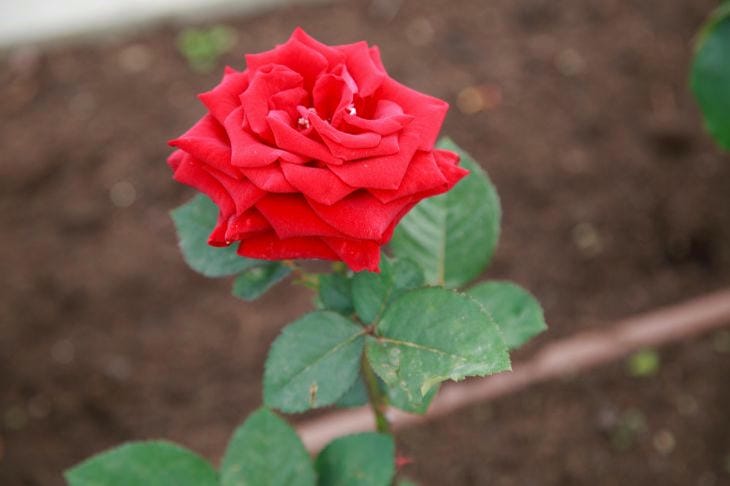Preparing roses for winter plays an important role in maintaining their health and beauty for the next season.
In order for the bushes to successfully survive the cold and not be damaged by frost, it is necessary to follow several key rules.
Pruning roses before winter
One of the main stages of preparing roses for winter is pruning. To do this, you need to remove weak and diseased shoots, leaving only strong stems.
It is important to remember that pruning not only helps maintain the health of the bush, but also reduces the risk of developing infections during the cold season.
It is best to prune roses before the first real wave of frost, so that the plant has time to recover a little before the onset of cold weather.

Protecting roses from frost
Proper covering of bushes is the basis for their successful wintering. To begin with, it is worth insulating the base of the bush by pouring a layer of earth or sand around it. This creates additional protection for the root system.
After this, the roses can be covered with spruce branches or special materials for gardeners, such as agrofibre or film.
These covering materials allow you to retain heat, but at the same time allow the plant to “breathe”, which prevents the appearance of mold.
Proper watering before the cold weather
Before the first frost, it is important to water the rose bushes thoroughly. Moist soil freezes more slowly than dry soil, which helps protect the plant roots from severe frosts.
Watering should be done in advance so that the water has time to be absorbed into the soil, without leaving stagnation at the roots.
Protecting roses from rodents
The winter months can be dangerous for roses not only because of frost, but also because of rodents that can damage the roots or shoots.
To protect against them, it is recommended to use special repellents or nets that are installed around the bushes. Such measures will help keep the roses intact until spring.
Temperature control and ventilation
During wintering, it is important to monitor the temperature under the cover. During prolonged thaws, it may be necessary to temporarily remove the covering materials to ventilate the bushes.
This approach prevents moisture accumulation and mold formation on plants.
Monitoring the condition of roses in winter plays a key role in successful overwintering.
Fertilizing roses before winter
Roses need nutrients to help them survive the winter.
Top dressing with phosphorus-potassium fertilizers in the fall strengthens the roots and increases the plants’ resistance to frost.
Nitrogen fertilizers should not be used in the fall, as they stimulate the growth of new shoots, which will not have time to get stronger before the cold weather arrives.








